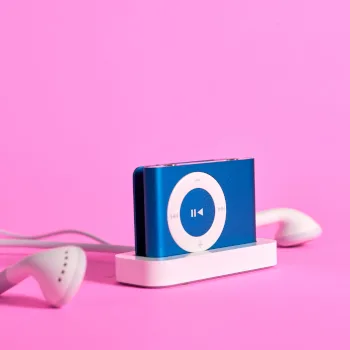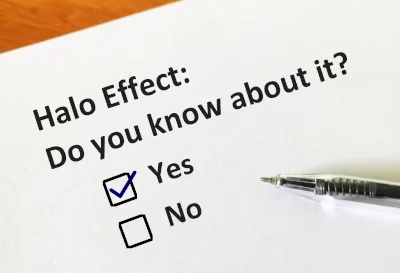
Why Does Fancy Taste Better? Unpacking the Halo Effect
 Man, it was certainly nice to be able to sit down last week and get back in our cadence of discussing marketing and its effect on us as consumers. The idea of “Trust Your Gut (Except When You Shouldn’t)!” focused on the differences in System 1 and System 2 thinking. If you missed it, you can catch up with the class here. But if you are ready to move on, let’s jump into what it is about our brains that makes us think ‘fancy’ tastes better.
Man, it was certainly nice to be able to sit down last week and get back in our cadence of discussing marketing and its effect on us as consumers. The idea of “Trust Your Gut (Except When You Shouldn’t)!” focused on the differences in System 1 and System 2 thinking. If you missed it, you can catch up with the class here. But if you are ready to move on, let’s jump into what it is about our brains that makes us think ‘fancy’ tastes better.
Let’s do this!
If you are a wine drinker, have you ever wondered why that $25 bottle of wine with the hard-to-read, fancy writing on the label tastes better than the $8 bottle? Do you presume a $250 bottle would be significantly better or taste 10 times better than your go-to $25 bottle?
And what about the beautifully packaged assortment of Godiva chocolates, originating from Belgium? Does it seem exponentially more mouth-watering than a similar package of Hershey’s chocolates from Hershey, Pennsylvania?
If you are like me, especially when it comes to chocolate, you have likely fallen prey to the power of the Halo Effect.
The Halo Effect is a cognitive bias that refers to our tendency to make specific positive judgments based on our first impression—System 1 thinking, anyone? This bias was originally studied in relation to people’s appearances and the subsequent perceptions of their character. For instance, upon seeing pictures of physically attractive individuals, people might infer that they are also generous, smart, or trustworthy.

Now, imagine the potential applications for marketers in the world of consumer goods and products. This psychological phenomenon can be a powerful tool to shape consumer perceptions and their decisions, influencing everything from product packaging to advertising strategies.
For example, take the food industry. It seems ‘plant-based’ is all the rage. With all the news coverage and all the labels reading ‘plant-based,’ we naturally assume they’re healthier. And get this—the manufacturers don’t even have to say ‘plant-based’ is better for us; we just buy into it. Did the manufacturers know we’d jump on this bandwagon? Did they think we couldn’t read the actual labels? Makes you think, right?
And how about tech? Apple wrote the book on the Halo Effect and customer loyalty. Remember those iPod ads with the cool trendy kids dancing? Did it make you wanna be one of them? C’mon you know even if dancing in neon wasn’t your jam, you wanted an iPod. And guess what? That Apple ‘cool’ has continue laptops, iPhones, iPads and iWatches.
But hey, not everyone’s on that train—I’m pretty happy with my Samsung phone! 😊
It seems like the Halo Effect is all sunshine and lollipops, right? Well, not exactly. This cognitive bias can seriously skew our perceptions, nudging us to make choices based on looks rather than quality or necessity.
Since the Halo Effect can have both positive and negative effects on our buying decisions, how do we protect ourselves from negative effects? Here are some tips:
- Control Your Snap Judgments: When making decisions, try to keep your System 1 thinking in check by fighting against first impressions.
- Read the Labels: Don’t just fall for ‘healthy’ labels on food packages. Read! Check the ingredients, review the calorie count, the fat content, and sodium levels. Remember, don’t believe the hype!
- Vet Products and Services Thoroughly: Resist what looks good or is most popular. Review the reviews, compare features and benefits objectively, and, where possible, ask for opinions from people you trust.

So, it’s clear that the Halo Effect can play a significant role for both consumers and marketers. When consumers recognize the powers of the ‘halo,’ they can better shield themselves from making decisions based solely on superficial traits, instead focusing on genuine quality and value. Meanwhile, marketers can leverage the Halo Effect to engage with customers more effectively—by aligning genuine product qualities with ‘looks’, thereby creating trust and fostering long-term loyalty.
Till Next Time.
